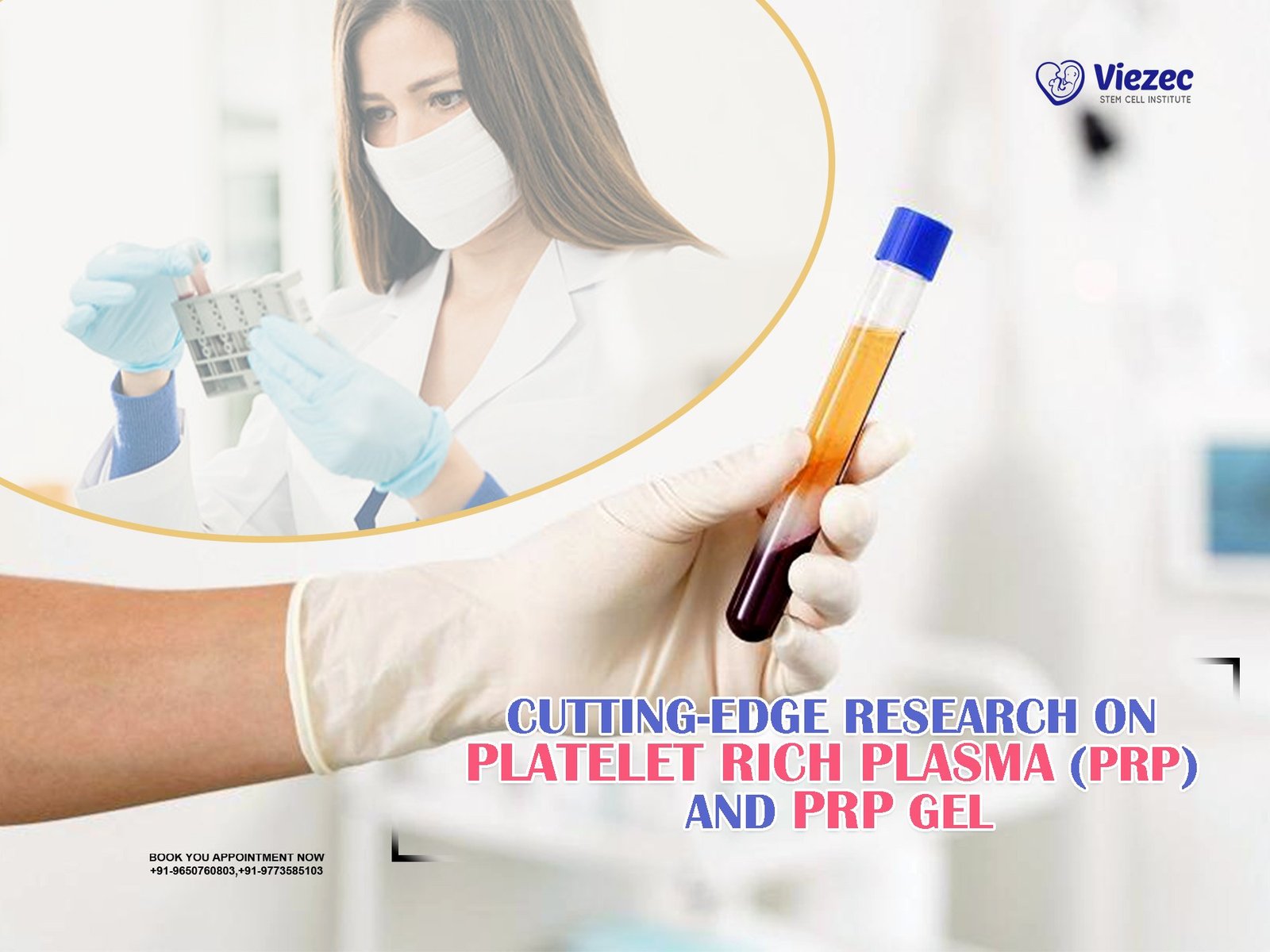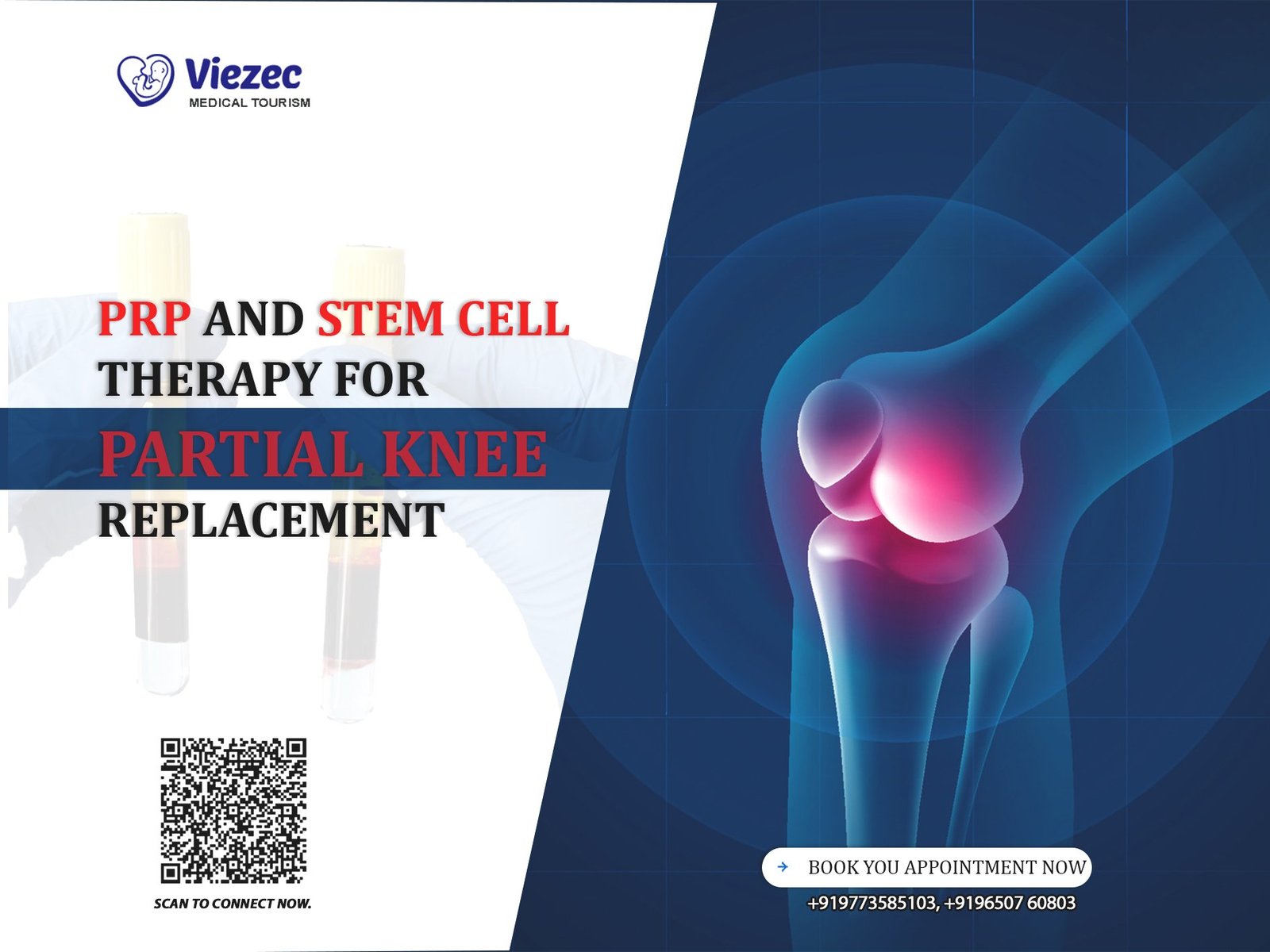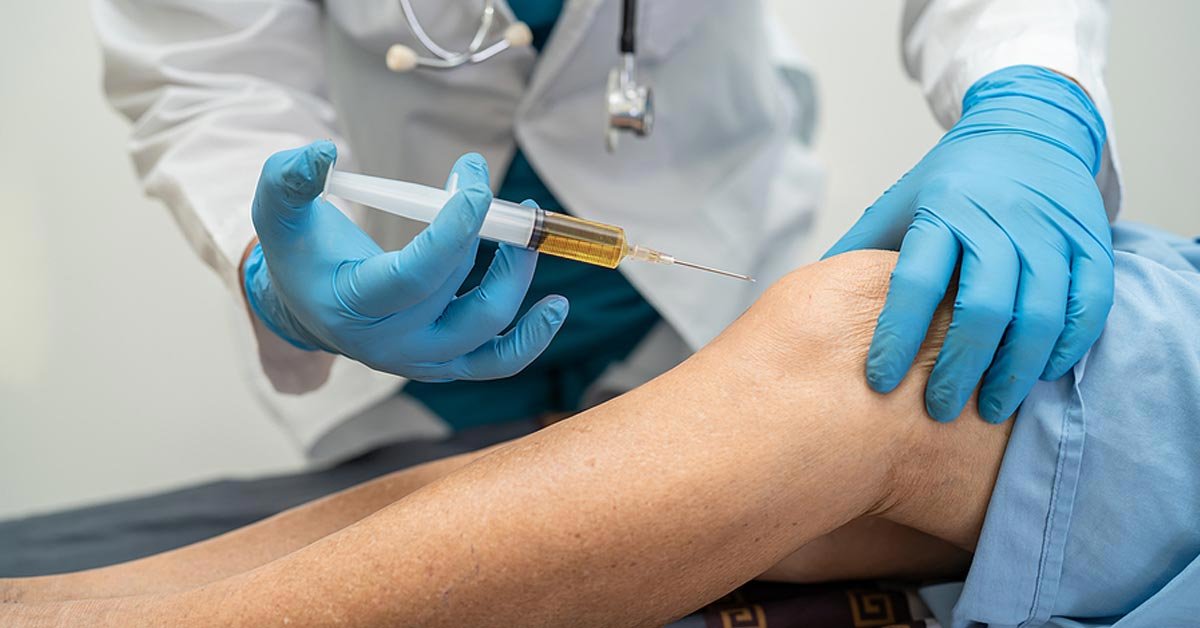Platelet-rich plasma (PRP) therapy is a cutting-edge outpatient procedure that promotes healing by using your own blood’s natural growth factors. Often recommended for athletes, active individuals, and those with orthopedic injuries, PRP helps repair damaged tendons, ligaments, joints, and muscles. It’s a non-surgical approach to treating conditions like arthritis, tendonitis, muscle strains, and even fractures.
But here’s the thing—while PRP therapy might only take 60 to 90 minutes to complete, the post-treatment care is just as important as the procedure itself. A common question we hear is: Can you exercise after PRP injections? The short answer is no—at least not right away. Let’s dive deeper into why that is and how you can safely return to your workouts.
PRP Treatment — An Overview
PRP therapy involves drawing a small sample of your blood, processing it in a centrifuge to isolate platelet-rich plasma, and injecting it into the affected area. This plasma is rich in growth factors that stimulate tissue repair and regeneration. Ultrasound guidance is often used to ensure precision during the injection.
Depending on the condition being treated, your doctor may recommend one or a series of injections spaced out over a few weeks. While the process itself is quick and minimally invasive, what you do afterward significantly affects your results.
Can You Exercise After PRP Injections?
In a word: no—not right away. Right after PRP is administered, the platelets begin working to initiate healing. This process takes time, and exercising too soon can disrupt the delicate process of tissue regeneration. Movements—especially high-impact ones—can dislodge the platelets from the treatment site before they’ve had a chance to “stick” and do their job.
Even light activity can reduce the effectiveness of the therapy, increasing your recovery time and potentially limiting your results. That’s why rest and careful reintroduction to activity are vital parts of PRP recovery.
Frequently Asked Questions
How Long After PRP Can I Exercise?
Experts recommend avoiding exercise for at least two full weeks post-PRP. This includes both cardio and strength training. Around the two-week mark, and only with your provider’s guidance, you might be cleared for light movement like walking or gentle stretching. High-intensity workouts, however, are generally off-limits until the 4- to 6-week range.
Returning too soon to intense exercise can not only delay your recovery but also compromise the outcome of the treatment. Let your body do the work before pushing it again.
Can I Walk After PRP Injection?
Yes—but with limits. Your provider might recommend using a sling, brace, or walking boot to support the joint that received the PRP injection. For lower-body treatments like knees, ankles, or feet, crutches may be necessary for a few days to reduce pressure and aid healing.
Basic walking around your home is usually permitted, but extended walks or weight-bearing activities should wait until your doctor says it’s safe.
How Long After PRP Can I Run?
Running is a high-impact activity that puts stress on joints and soft tissues, so it’s generally advised to wait around 6 to 8 weeks before resuming it. If your recovery is going well and you’ve regained mobility and strength, your provider may give the green light sooner—but always follow personalized guidance.
When you do return to running, ease in with short distances and flat terrain. Monitor how your body responds and pull back if you feel pain or discomfort.
Why Does It Take That Long to Exercise?
Healing takes time—and interfering with the natural process can undo all the benefits of PRP. The platelets need to integrate into the injured tissue and promote new cell growth. Exercise puts stress on those tissues, potentially disrupting the bonding and regenerative effect of the injection.
It’s tempting to jump back into action, especially if you start feeling better early on. But rushing it can lead to setbacks, increased inflammation, or the need for repeat treatments. Patience is key to a successful recovery.
PRP Recovery Timeline
Let’s break down what a typical PRP recovery journey looks like, so you know what to expect at each stage.
Phase 1: 0–3 Days Post Procedure
In the first few days, complete rest is advised. You’ll likely be sent home shortly after the injection, but this doesn’t mean you’re ready to move freely. The treated joint needs time to begin absorbing the platelets.
To aid this process, your doctor may recommend wearing a sling or brace to limit movement. Pain, swelling, or stiffness in the area are normal during this window and often treated with over-the-counter medications.
Phase 2: 3–14 Days Post Procedure
Between days 3 and 14, light, doctor-approved movement may begin. This could include gentle stretching or isometric exercises that don’t place pressure on the treated joint. Some patients also begin physical therapy around this time, depending on their condition.
While you may feel better, it’s crucial to avoid exercises that involve weight-bearing, twisting, or repetitive motion. The healing tissue is still vulnerable.
Phase 3: 14 Days to 6–9 Weeks Post Procedure
You’ll start to see major progress during this phase. Moderate activities like stationary biking, swimming, or light weightlifting (if approved) can be introduced gradually. Range-of-motion and strength-building exercises are common components of physical therapy at this point.
Still, this isn’t the time to dive into intense training. Keep your activities pain-free and consistent, and follow your provider’s recommendations to ensure safe recovery.
Phase 4: Around 6–8 Weeks Post Procedure
At this stage, most patients are cleared to resume full workouts, including sports and running. That said, you should ease in—start with shorter, less intense sessions and gradually increase duration and difficulty.
It’s common to experience some post-activity soreness, but it should subside within 24 hours. If pain persists or worsens, pause the activity and contact your provider.
Consult Experts Who Help You Recover Right
PRP therapy is an effective, non-invasive way to treat joint pain and soft tissue injuries—but like any treatment, the results depend on how well you follow the recovery plan. Avoiding exercise in the early weeks gives your body the best chance to heal, restore function, and prevent reinjury.
At Viezec, we understand that recovery isn’t just physical—it’s also about regaining confidence. Our experienced team specializes in personalized regenerative treatments, including PRP and stem cell therapy, designed to help you return to the activities you love.
Reach out today to learn how we can support your journey to full recovery.









